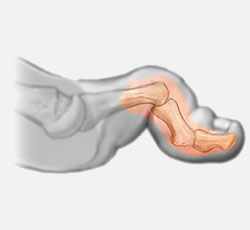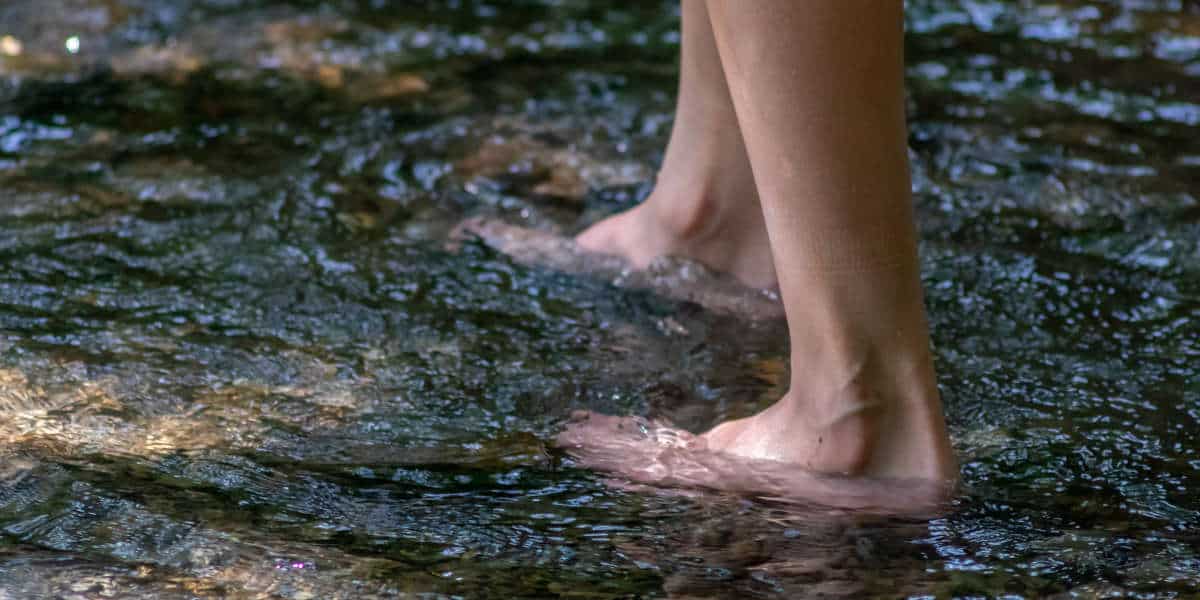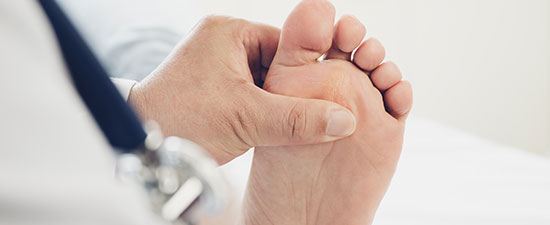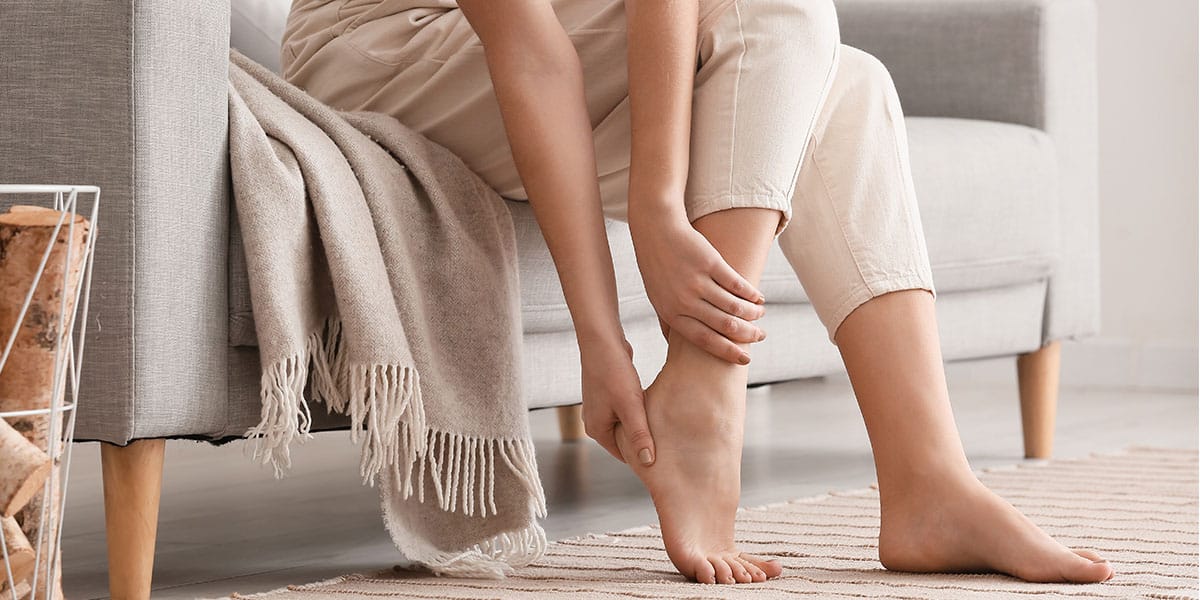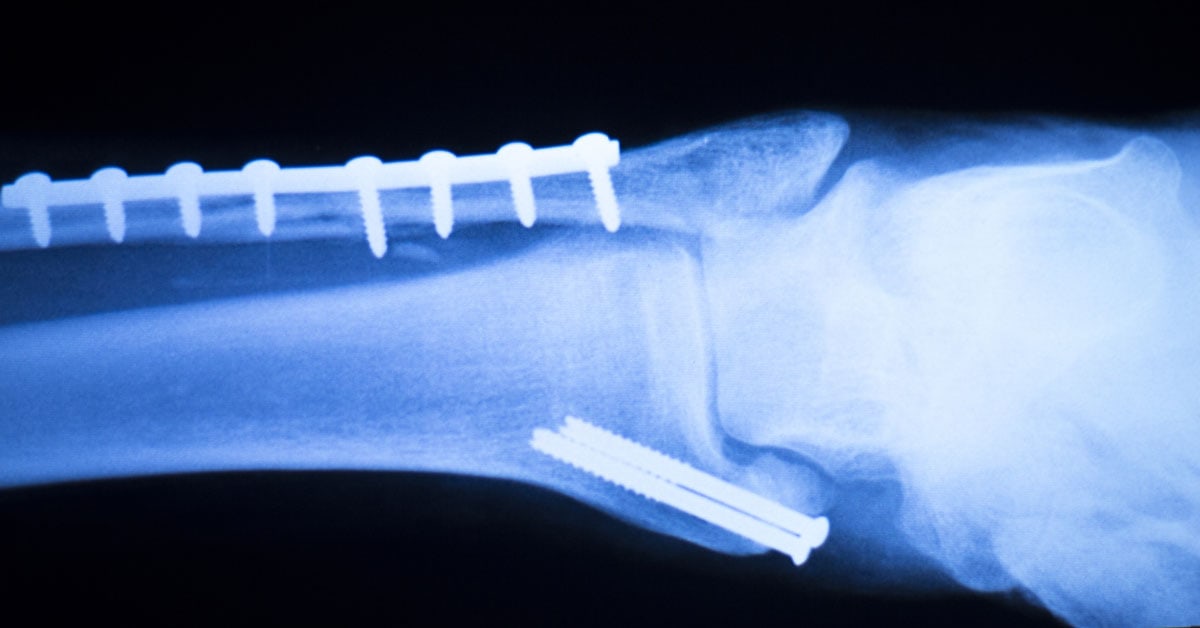- Home
- Foot & Ankle Conditions
- Hammer Toe
Hammer Toe: causes, symptoms and treatments
What's a hammer toe?
A hammertoe occurs when the middle joint of the toe develops an abnormal bend and becomes flexed or bent downward. This is due to a muscle imbalance around the toe joints and usually happens in the second, third, and fourth toes.
This imbalance causes the toe to bend at one or more joints, eventually pushing the middle of the toe upward into a claw-like position.
Unfortunately, a hammertoe causes pain and won’t get better without intervention. The sooner it is treated, the better the outcome and the shorter the recovery.
- What causes a hammer toe?
- Flexible hammertoe vs. rigid hammertoe: what’s the difference?
- What are the symptoms of a hammer toe?
- How is a hammer toe diagnosed?
- What are non-invasive treatment options for hammer toes?
- Surgical treatment options for a hammer toe
- What are the benefits of hammertoe surgery?
- Hammer toe surgery recovery
- Why choose University Foot and Ankle Institute for hammer toe treatment?
- Hammer Toe and Hammer Toe Surgery FAQs
- What are mallet toe and claw toe?
- Are hammertoes the same as corns?
- How is hammertoe treated?
- How does hammertoe surgery affect performance in sports, especially football and running?
- Can hammertoe be treated with surgery?
- What can I expect during my recovery from hammertoe surgery ?
- Can a hammertoe come back after surgery?
-
Foot and Ankle Surgeon and Director of University Foot and Ankle Institute
Dr. Bob Baravaria DPM, FACFAS is a Board-Certified Podiatric Foot and Ankle Specialist. He is an assistant clinical professor at the UCLA School of Medicine and serves as Director of University Foot and Ankle Institute.
Dr. Baravarian has been involved in athletics his entire life and played competitive tennis in high school and college. He has an interest in sports medicine, arthritis therapy, and trauma/reconstructive surgery of the foot and ankle. He is also fluent in five languages (English, French, Spanish, Farsi, and Hebrew),
Learn More from our Hammer Toe Blog Articles
 Best overall experience I have had with any medical specialist in a long time. Nice to see professionals who care about their p...4Nocturne
Best overall experience I have had with any medical specialist in a long time. Nice to see professionals who care about their p...4Nocturne The staff and doctor were very nice and informative and sincere! Highly recommended!Isaiah S.
The staff and doctor were very nice and informative and sincere! Highly recommended!Isaiah S. Overall, it was a great experience. I've been coming to Dr. Kellman for about a year and he and his staff are very helpful.Vanessa W.
Overall, it was a great experience. I've been coming to Dr. Kellman for about a year and he and his staff are very helpful.Vanessa W. Was referred to them by my Doctor for an issue with my foot.
Was referred to them by my Doctor for an issue with my foot.
The office is neat and modern and the bedside manners of the doct...Steve B. ExcellentDebasish M.
ExcellentDebasish M. Everyone was friendly and professional.Victor L.
Everyone was friendly and professional.Victor L. Very efficient and an excellent serviceHorwitz J.
Very efficient and an excellent serviceHorwitz J. Chaos in the office checkin. We weren’t forewarned about the iPad data collection. That made me late for a following appointmen...Carl C.
Chaos in the office checkin. We weren’t forewarned about the iPad data collection. That made me late for a following appointmen...Carl C. Dr Nalbandian is an exceptional doctor and person. The staff respectfully & compently delt with an issue I had regarding a prev...Karen M.
Dr Nalbandian is an exceptional doctor and person. The staff respectfully & compently delt with an issue I had regarding a prev...Karen M. Visiting the office is a pleasurable occurance.Thomas J.
Visiting the office is a pleasurable occurance.Thomas J. Dr Kelman and his staff are always wonderfully caring and respectful to my father who has Alzheimer's dementia.Erland E.
Dr Kelman and his staff are always wonderfully caring and respectful to my father who has Alzheimer's dementia.Erland E. Thank you for being there for your patients.Dieter B.
Thank you for being there for your patients.Dieter B.
